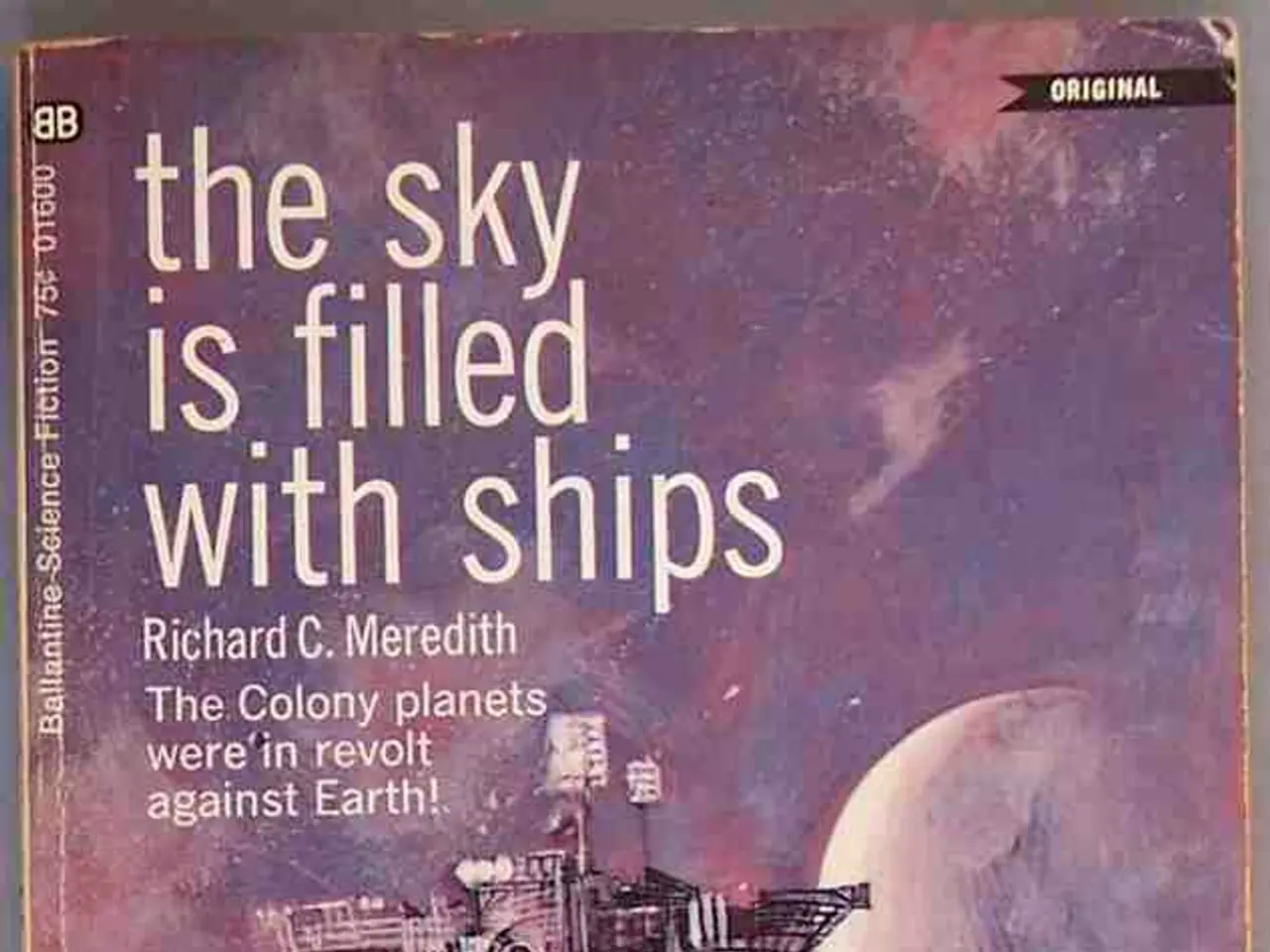Weekly science updates: Falsehoods in AI and North America's seeping tectonic plates
In the realm of technological advancements, two intriguing developments have caught the attention of researchers and enthusiasts alike: the emergence of quantum computers and the evolution of artificial intelligence (AI). While these innovations promise exponential growth in computational power, they also pose unique challenges and opportunities, particularly in the realm of creativity and decision-making.
On one hand, quantum computers, capable of performing calculations exponentially faster than classical computers, are being developed. However, this technological leap poses a significant risk to cybersecurity, potentially making it easy to crack classical encryption methods. Military secrets and bank information could be vulnerable to hackers with quantum computers.
On the other hand, AI lacks the human capacity for making creative mental connections. AI systems generate creative outputs by recombining existing patterns learned from vast data, often surpassing average human creativity levels in quantity and diversity. However, they lack self-awareness, emotional understanding, and true intuitive reasoning.
This difference in creative processes has important implications for future AI-based decision-making. AI will likely serve as a tool that augments human decision-making by offering rapid, data-driven pattern recognition and novel suggestions, while humans apply emotional nuance, values, and critical evaluation.
The future of AI decision-making is most promising when focusing on human–AI collaboration. AI can be a catalyst for creativity, expanding human ideas rather than replacing the human creative actor. However, mindful integration is essential to harness AI’s strengths without diminishing human motivation or originality. Over-dependence on AI may undermine humans’ confidence and engagement in creative or complex thinking, potentially leading to more homogenized or less original decisions.
Meanwhile, in the cosmos, scientists are studying the Helix Nebula, located 650 light-years from Earth. The remains of a dying star in the Helix Nebula are shedding its outer gas layers and glowing like a giant ring due to stellar radiation. NASA's Chandra X-ray Observatory detected peculiar X-ray emissions from the Helix Nebula, which may be remnants of a celestial murder scene. A dying star at the heart of the Helix Nebula may have destroyed a planet that came too close.
Closer to home, scientists are searching for new ways to keep data secure in the era of quantum computing. The presence of these "drips"—giant formations hanging from the underside of North America to depths of about 400 miles—appears to be affecting the entire continent. North America's present-day crust is being sucked down into Earth's mantle by an ancient slab of Earth's crust.
Intriguing discoveries continue to unfold, from archaeological finds like a 3,800-year-old scarab amulet discovered by a 3-year-old in Israel, to the revelation that the Sutton Hoo helmet may have been crafted in southern Scandinavia or heavily influenced by the artistic style of that area. These discoveries underscore the ongoing interplay between human creativity and technological advancements, inviting us to explore, question, and collaborate in new and exciting ways.
As we delve deeper into the realms of AI and quantum computing, it's crucial to remember the importance of human creativity and critical thinking. Multiple long reads, book excerpts, and interviews are available for reading over the weekend, covering topics such as math, cat domestication, and particle physics. These resources offer opportunities for us to engage with these complex subjects, fostering a deeper understanding of the world around us and our role within it.
In the end, the future of AI decision-making lies in striking a balance between technological prowess and human creativity. By embracing this balance, we can unlock new possibilities and navigate the challenges that lie ahead.
- Quantum computers, while advancing science with their exponential calculation speed, may pose a threat to health-and-wellness, specifically in the cybersecurity sector, making sensitive data vulnerable.
- AI, while generative in its creative outputs, lacks human emotions, emotional understanding, and true intuitive reasoning, highlighting the need for collaboration between AI and mental-health cognizant humans in decision-making.
- In the environmental-science realm, the study of cosmic bodies like the Helix Nebula can provide new insights into climate-change phenomena, offering opportunities to better understand our surroundings and make informed decisions regarding conservation.
- Meanwhile, in the realm of health-and-wellness and nutrition, discoveries such as ancient artifacts or tecnhological advancements like secure data storage options in the era of quantum computing can foster both public and scientific curiosity, encouraging exploration, improvement, and collaboration.






